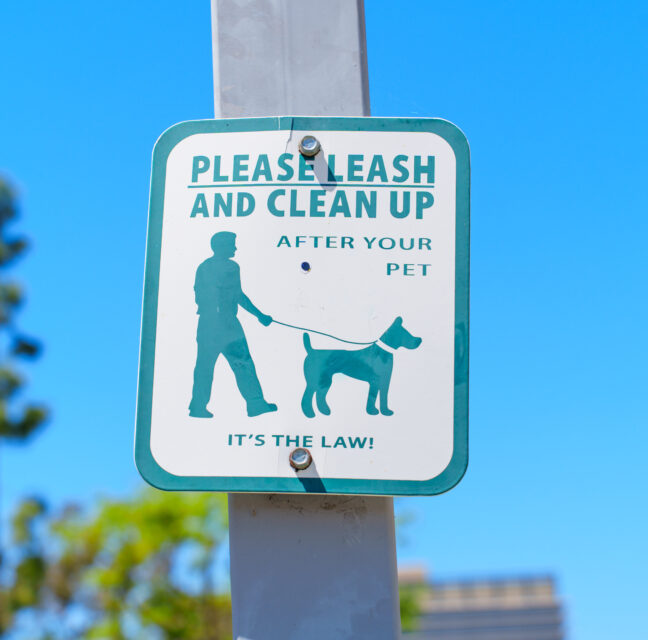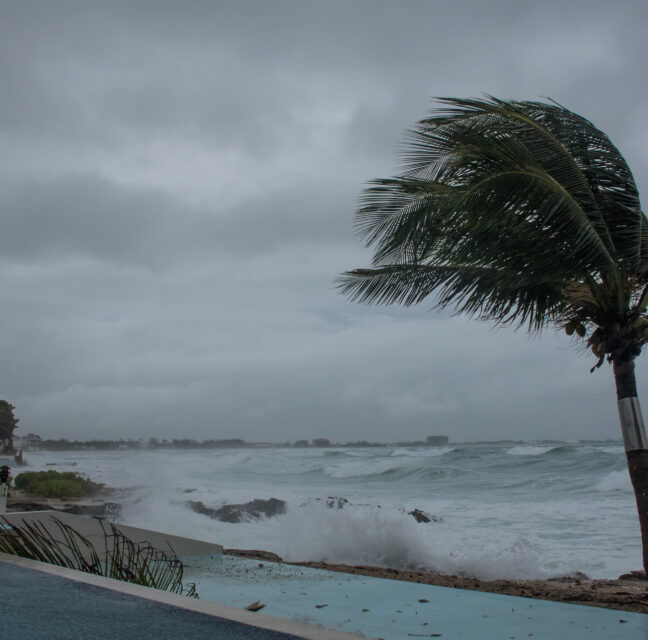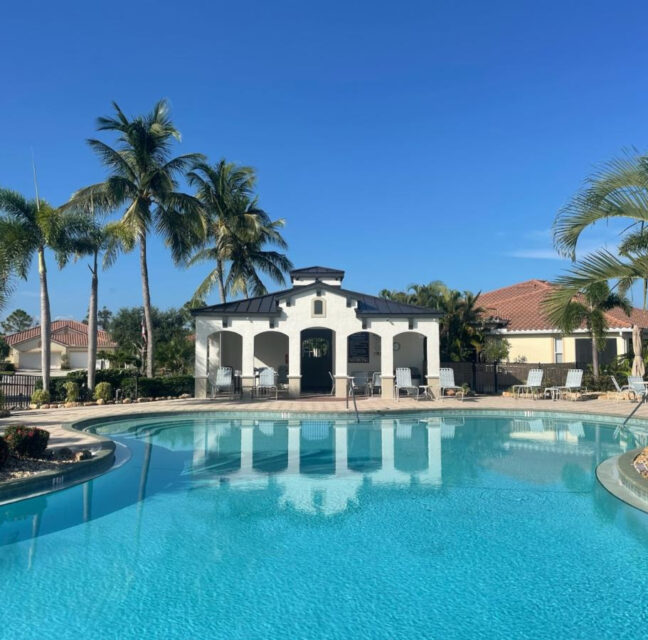Mariners Pass Temperatures will finally begin to cool down in October, and most likely rains will diminish. October begins our dry season. The weather should be much more comfortable to get out and clean up the areas you left alone because it was too hot outside to work.
The shortening days of fall have a special effect on popular seasonal plants like poinsettias, Christmas cactus, kalanchoe and chrysanthemums. They start producing their flower buds at this time. Make sure that these plants don’t receive any night light, or they may not bloom.
October’s Checklist:
Once summer’s rains diminish, supplemental watering will be required for new plantings.
Check your irrigation system’s coverage. Whether from Mother Nature or from irrigation, the total amount of water in a 7-day period should be 1–1.5 inches. Watering twice a week is optimum.
Temperature-wise, it’s a great time to plant annuals, perennials, herbs, shrubs and trees; but rainfall is not reliable. You will probably need to hand water anything newly planted.
Plan ahead…look for the “Burnt Store Marina: Landscaping Plants” document on the http://www.bsm22. org website. Click on Documents & Forms > Landscape Committee > BSM Landscaping Plants. This list will give you a better idea of what plant species do best here.
Do a little research – if you are putting in new plants, check for sun/shade, drought, and salt tolerance. And equally important, be aware of potential size of your plant choice before putting it into your landscape plan.
- Apply a high quality slow-release fertilizer to your turf, trees (including fruit-bearing and palms), shrubs, herbaceous
perennials and annuals. - When the temperature is below 80-85 degrees, apply herbicide to your turf to kill weeds. Look for sod webworm
infestations and treat accordingly. - Time to mulch! Organic mulch breaks down to enrich our crummy soil with nutrients, adding fiber to retain moisture and texture for roots to grab onto and aerate the soil. Be certain your organic mulch isn’t building up year after year. Rake and break it up to redistribute it.
- Rocks are becoming a new trend. Though they do not help to make better soil, and can increase the soil temperatures,
they create a fresh, clean look. If you decide to use them, the optimum depth is 2–3”. - Palm Demise – A soil-borne fungus that kills a variety of palms is ganoderma butt rot. Older fronds will droop and hang parallel to the trunk, new growth will be smaller and pale and the new spear will die before opening up. Look at the basebv of the tree for the shelf- like conk or fungus. There is nothing that can be done to turn this around. Eventually, the palm will die. Ganoderma attacks all species of palms, and remains in the soil, after the affected palm is removed, for years. It is not recommended that a palm of any type be planted in the remaining soil. Only palms are affected by this fungus.
- Palmetto Weevil – though very fond of the Canary Island date palm, it will also go after the Bismarck and coconut palms. There is a preventive treatment, but it must be applied BEFORE the weevil drills into the palm to lay its eggs. Your landscape maintenance contractor will be able to apply appropriate insecticide.





